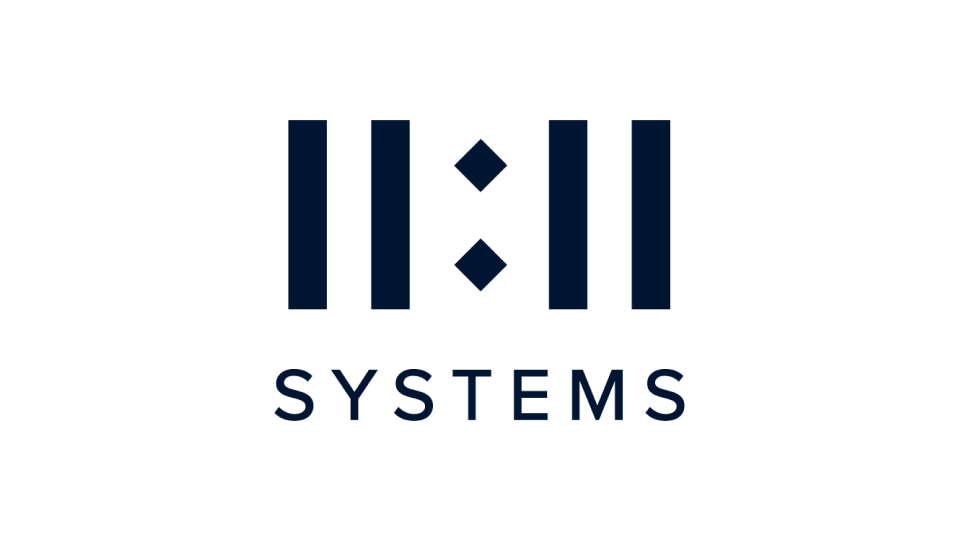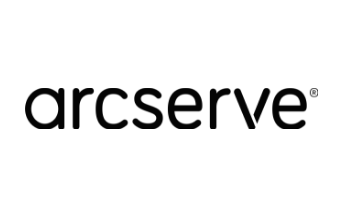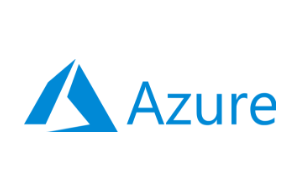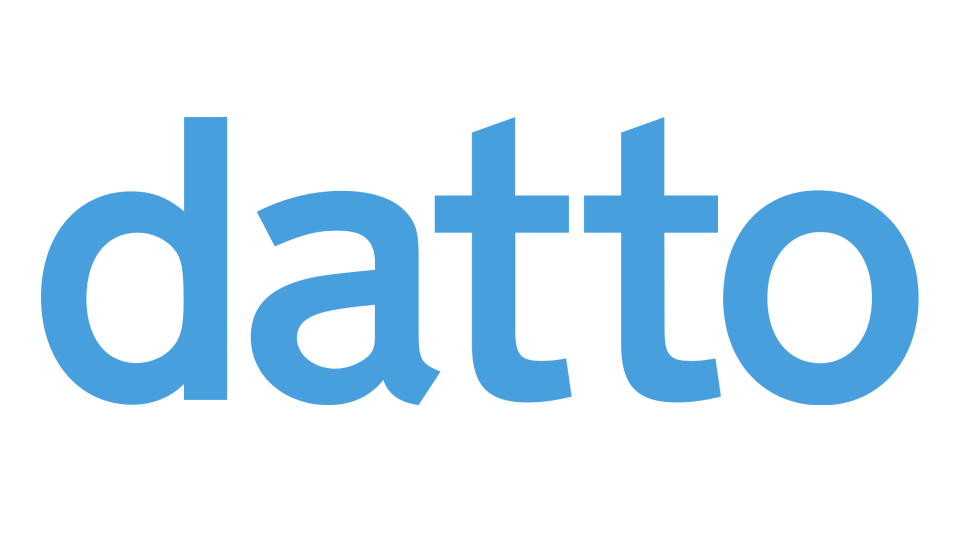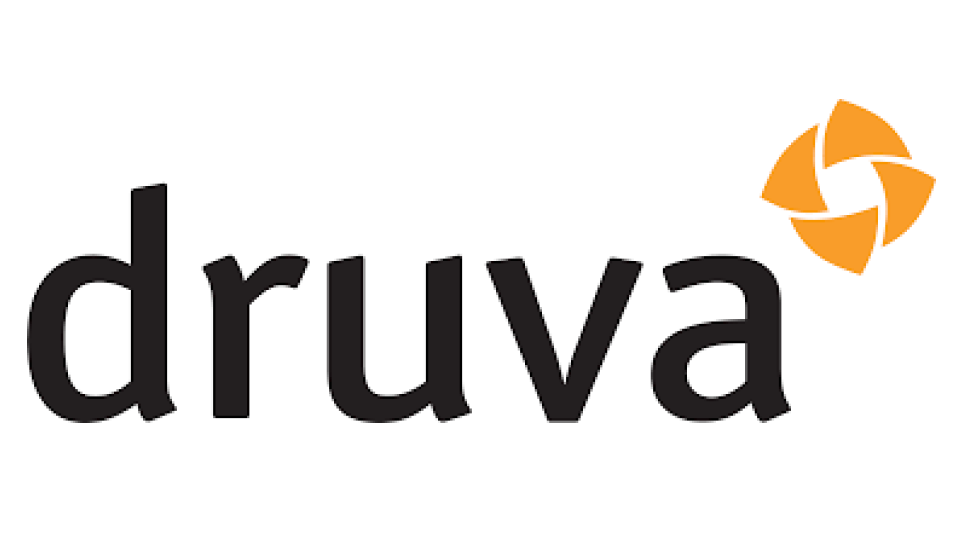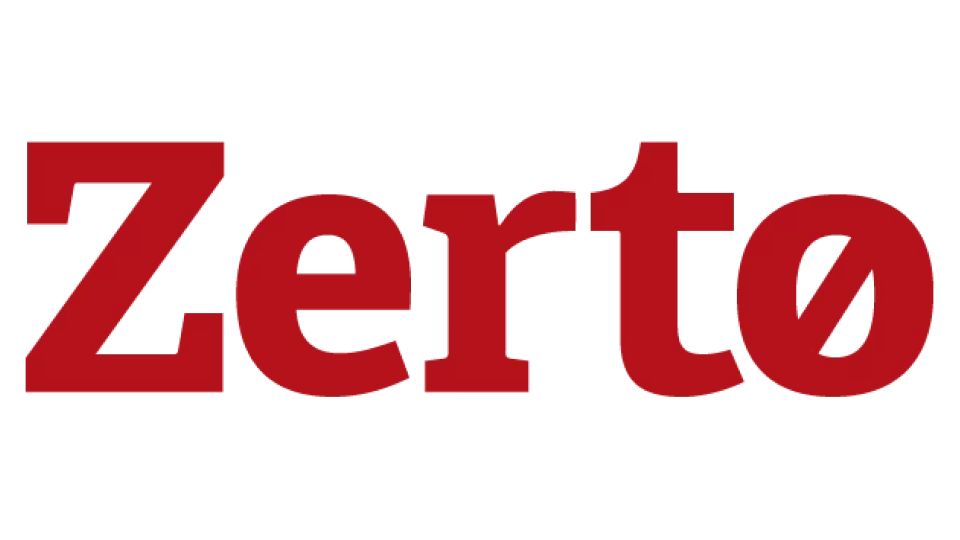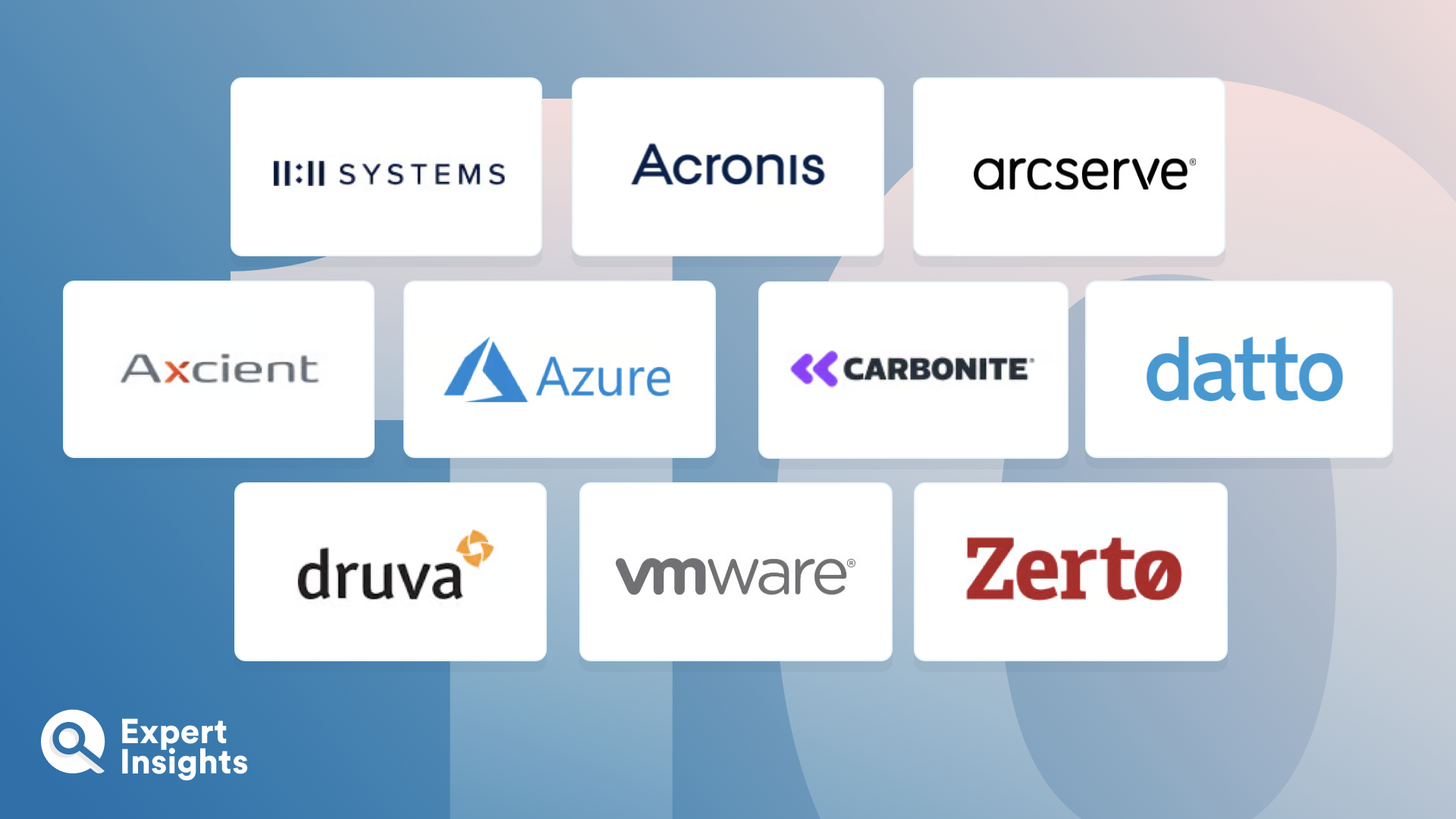Disaster Recovery as a Service (DRaaS) solutions are cloud-based services that provide data replication as well as backups and failbacks to ensure continued operations in the face of natural disasters, cyber-attacks, equipment failures, or human error. They are delivered as-a-service with monthly or annual payment options.
DRaaS solutions protect businesses by automating data backup and replication, as well as guaranteeing the swift recovery of essential systems following a disruption. Additionally, many DRaaS providers offer their clients consultation and tailored planning to ensure that the recovery process is aligned with the company’s specific needs. An effective DRaaS solution should be flexible, scalable, and securely integrated with a company’s existing IT infrastructure.
Using a DRaaS solution, companies can ensure protection against data loss by relying on a third-party provider to manage their data replication, backup, and emergency failover processes. By leveraging cloud technology and the expertise of service providers, organizations can significantly cut costs, reduce downtime, and automate recovery processes.
The DRaaS market has quickly expanded in recent years, resulting in numerous providers offering various features and services. To help you select the right provider, we have compiled a list of the top DRaaS solutions on the market today. These providers have been evaluated based on factors such as reliability, ease-of-use, scalability, security, data replication, customer service, and pricing.



